If you are thinking about trying square-foot gardening, a square-foot garden plan is an absolute must. When you plan well, this type of gardening allows you to reap a surprisingly large harvest from a relatively small space. Keep reading for a sample garden planner.
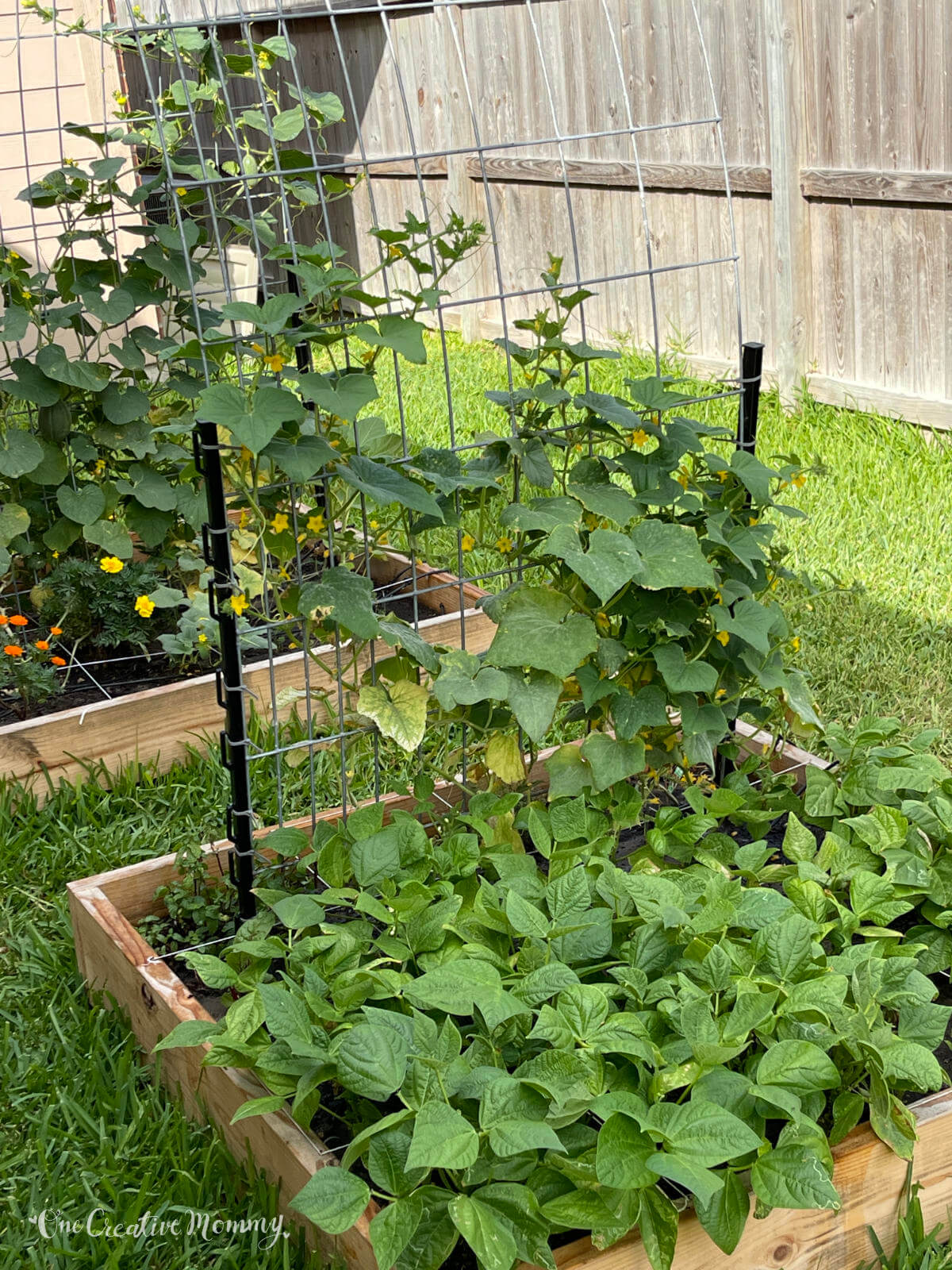
There are several things you'll need to consider for your plan. You'll need to:
- Look at your available space and decide on the size and location of your boxes.
- Build or buy your boxes and choose your soil mix.
- Decide when and what to plant.
- Organize your plants based on which crops do and don't grow well together (also called companion planting).
- Include plants that deter pests and insects.
- Include a trellis for climbing plants.
RELATED: Make Your Own Garden Trellis, Easy DIY Watering Can, Protect Strawberries with Anti-Bird Netting
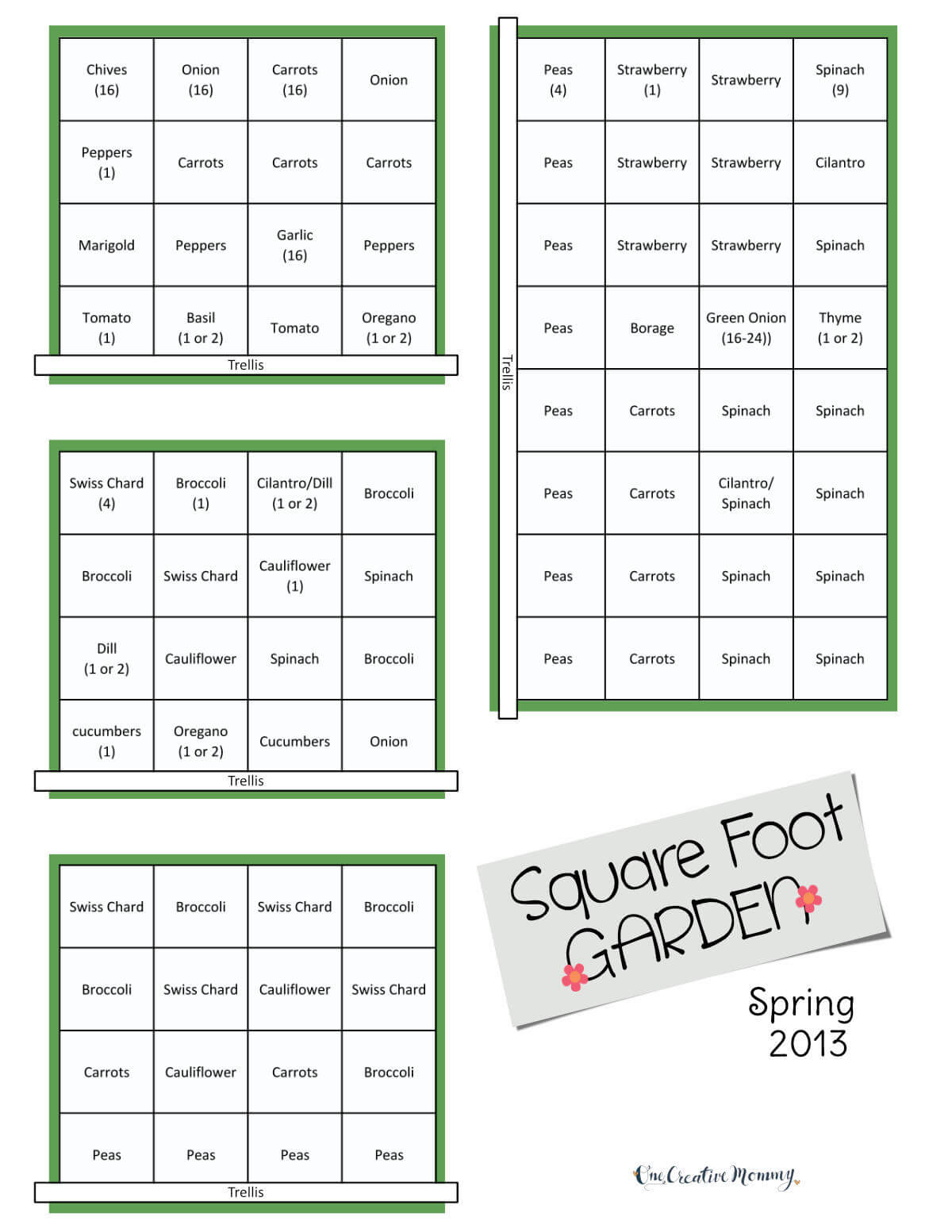
This is the plan I used last spring, and I got great results from these plans. I want you to get great results, too, so I'll share a free garden planner printable with you later in the post.
How do I plan a square-foot gardening layout?
Begin to plan your garden layout
Before you begin, look at the space you have available, and play around with different designs and sizes of boxes. I'm a visual person, so I like to draw out my space and try out different things.
In my example, my smaller boxes are 4'x4', and my large box is 8'x4'. I do not recommend the large box because the size makes it difficult to reach the plants in the middle. For your square-foot garden, it's best to stick to nothing larger than 4'x4' or 4'x6'. I've moved a few times since creating the garden pictured here, and I've stuck to 4x4 garden beds since then.
As long as you can comfortably reach every square in the garden, any configuration of boxes will work. If you use multiple boxes or planters, be sure to leave enough space to kneel or roll a wheelbarrow between your boxes. If your boxes are surrounded by grass, leave enough space for the lawn mower to pass between the boxes. (I didn't think about that, and my mower doesn't fit! I think that's a good sign that it's time to pull up the grass and put some landscaping around the beds.)
You can include as many or as few beds as your space will allow. I wanted a big garden, so I filled my available space with as many boxes as I could.
How do I build a DIY square-foot garden bed?
Build or purchase raised garden boxes
You can build or buy your garden boxes, but I prefer to build my own and save money. I like this step-by-step guide for building garden boxes from Better Homes and Gardens. They include a purchase list and a very helpful video.
If you have the tools and the time, the boxes are pretty easy to build. If that's not something you want to try, check out these great garden boxes available for purchase on Amazon. (Affiliate links.)
What type of soil should I use in my square-foot garden?
Fill your boxes with the best soil mix
There are many options and recommendations for gardening soil mix, but if you want the best, you'll need the blend created by Mel Bartholomew, originator and inventor of the square foot gardening method.
The basic blend is ⅓ coarse-grade vermiculite, ⅓ sphagnum peat moss, and ⅓ blended organic compost. Not only does this blend provide the perfect nutrition for your plants, but it also conserves water and remains loose so you don't have to do a lot of digging.
For more details on the mix and substitutions for elements that aren't available near you, visit SquareFootGardening.org. This site also has a handy calculator to help you determine how much mix you need for your garden. You just need the dimensions of your box, and the calculator will do the rest.
How should I divide up my square foot garden?
Create a grid
Once your garden boxes are filled with soil mix, it's time to divide the boxes into square-foot sections. Dividing the boxes helps with plant spacing by creating perfect sections for planting a specific number of seeds per square foot. The number of seeds depends on the type of plant, and I'll discuss that in a later section.
The best method for creating sections is to use a material that will sit right on top of the soil. I created my sections with old blind slats that I stapled together to make a grid. I saved a ton of money by purchasing used blinds for a few dollars at Habitat for Humanity Restore.
With square foot gardening, you can replant areas of the garden one square at a time as plants finish their season, or you can replant the whole garden at once. When you are working on the whole garden, just lift the grid off of the box, set it aside, and mix in fresh compost.
In the past, I have used a string grid to divide my box into sections, but I would not recommend that method. Since the string does not touch the soil, the squares are not very well defined, and the string weakens over time and breaks.
Here's what my boxes looked like in early summer. You can see how the blind slats clearly define the sections.
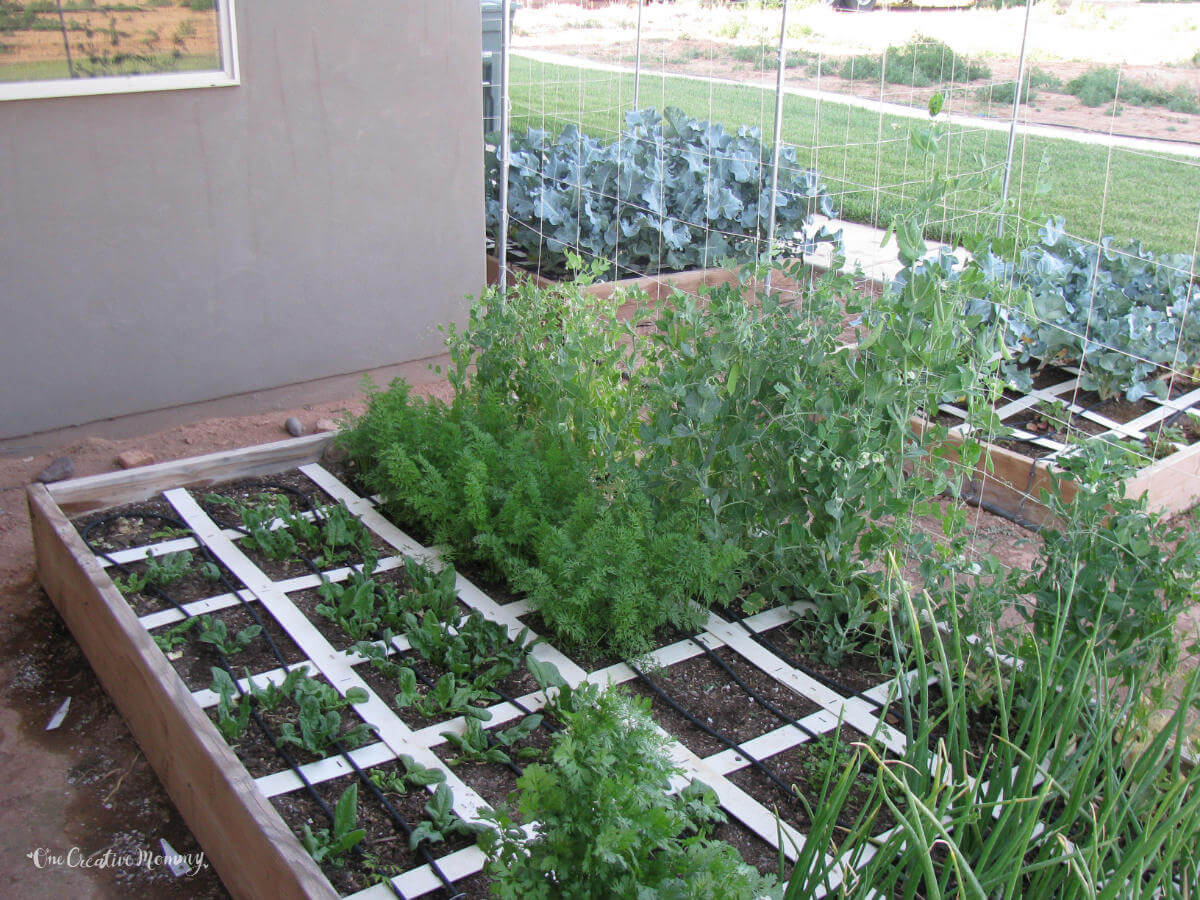
Can I plant vine plants in my square-foot garden?
Include a trellis for climbing plants
Absolutely! Because vine plants like squash, watermelon, vine zucchini, pumpkins, cucumbers, and vine tomatoes can typically take over a garden, it may seem like a square foot garden is too small for those plants. The answer to that problem is simple -- go vertical. Incorporating a trellis allows the plants to grow up instead of overtaking the entire garden bed.
Each of my boxes has a trellis on one side for vine plants, which helps me get the most out of my space. In addition to the vegetables I already mentioned, a trellis also works well with pole beans and peas. My garden is primarily a vegetable garden, but flowering vines look beautiful on a garden trellis as well.
Learn how to build your own garden trellis with my simple plans. The gorgeous garden below belongs to my uncle, who is a master gardener. I only wish my garden looked that good! I learned how to build my trellis from him, and it's his design I'll be sharing with you.
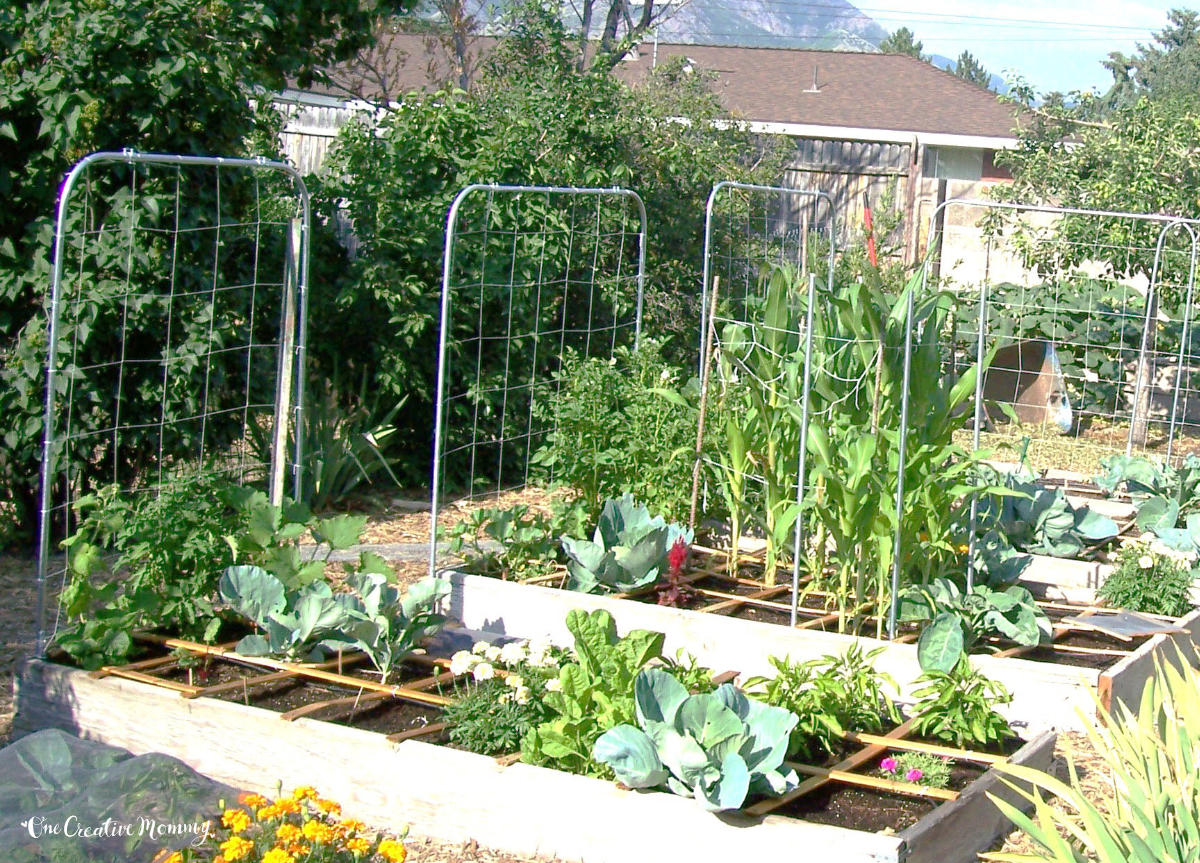
*Last year, I moved into a new home, and I didn't have the time or energy to build a new climbing structure for the garden. I'll be updating my trellis post with an additional design created from a very unique item. (No cutting or building skills necessary.)
How do I decide what to plant in my square-foot garden?
Choose the right plants
There are several things you should consider when choosing your plants. First and foremost, plant what your family likes to eat! When my kids were little, I loved to plant sugar snap peas, grape tomatoes, and broccolini (that's like tiny broccoli, but the flowers are edible). My kids might not eat the veggies when I put them on their plates, but they would often snack right from the garden while they were outside playing. Of all my tricks to get my kids to eat their vegetables, that one was the most unexpected.
Pay attention to which plants grow well together
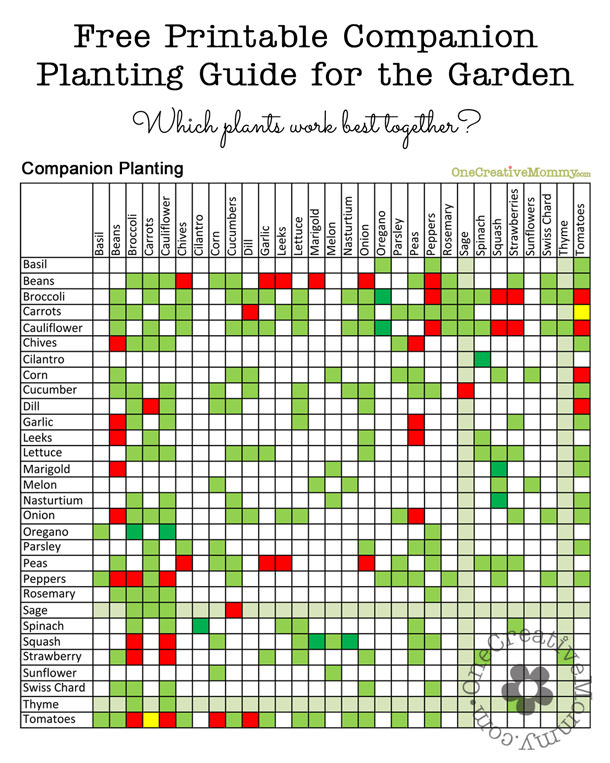
Did you know that some plants don't do well planted near each other, and other plants grow especially well when planted together? Before you place your plants, check my companion planting guide to make sure the flowers, vegetables, and herbs you would like to grow are compatible. If they are not compatible, that doesn't mean you can't grow both, it just means you shouldn't put them next to each other.
If you're worried about garden pests, you'll also find a handy chart of insect-repelling plants in the same post.
Learn when is the best time to plant specific fruits, flowers, and vegetables in your climate.
Be sure to check the information on the back of your seed packets to find plants that grow best in the time of year you want to plant. (The garden plan I'm sharing today is specifically for the spring in a very hot and dry climate.) Also, don't forget to choose some vine plants to take advantage of your trellis.
Once you've picked your favorites, find out if they grow well in your area. How do you know what will grow best? If you don't want any hassle, just use the charts on the back of your seed packets. But, if you're willing to put in a little bit more effort to have a more successful garden, keep reading.
So, what should you do? Ask the local experts!
Consult gardening experts in your community
Who are your local gardening experts?
Here are just a few great resources for local gardening:
1. Your neighborhood master gardener program. Yes, master gardeners are a real thing. That term is not just a compliment, it's a title. Master gardeners are local gardening enthusiasts who have completed a horticulture training program and love to share their expertise and love of gardening with the community. Here's the master gardener website for my state. Find yours by googling "local master gardener program."
2. Nearby plant nurseries. The names of nursery chains may vary from place to place, but the expertise of their employees should be universal. They know what grows best in your area because they grow and sell those seedlings in their nurseries.
3. The local extension office. These are agricultural extension programs found in local universities and counties. They are made up of volunteers and employees who are experts in gardening, pests, plant diseases, landscaping, and more. Not only will they know about gardening in your area, but they may also be able to help you identify problems with your plants.
4. Community garden Facebook groups. There are gardening groups all over Facebook. Completing a simple search should bring up any groups in your area. They are often private, but that is to keep out spammers, not aspiring gardeners! Don't be afraid to join.
5. The Nextdoor app. Using this app may lead you to local groups of gardening enthusiasts. I even found a new friend in my neighborhood who was sharing seeds and donating her extra seedlings to anyone who would come and pick them up. She had lots of great advice to share.
Plan your plant layout
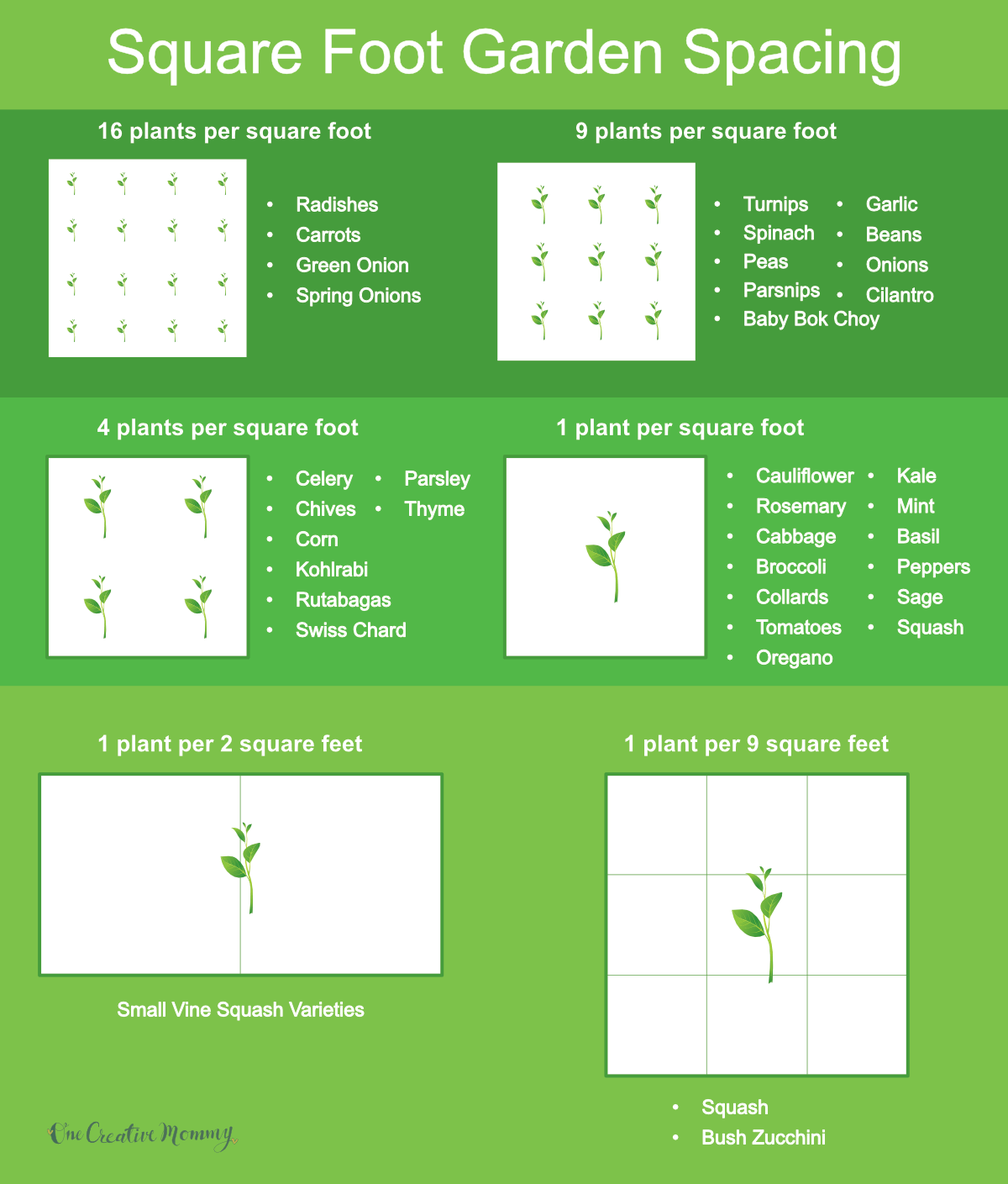
After all that work, it's finally time to decide where to put your plants. Begin by sketching your layout (or make a digital plan), and start placing your plants into your design. The guideline for plants in a square-foot garden is one extra-large plant per square; four large plants per square; nine medium plants per square; and 16 small plants per square. Some huge plants will require special spacing.
Cheryl at Simply Smart Gardening has a great guide for spacing that includes info on those really big plants (like bush zucchini) and how to space them.
Here are some examples of plant sizes:
- Extra large plants: cauliflower, tomatoes, peppers, basil, broccoli
- Large plants: chives, corn, celery, parsley, swiss chard, thyme
- Medium plants: spinach, peas, garlic, beans, onions, cilantro, turnips
- Small plants: radishes, carrots, green onions, spring onions
Once you've chosen your plants, add them to your plan.
You can download a blank plan (one page with trellis' added, and one without) by clicking on the download link below. I have included six garden beds, but I realize that most people won't have room for that many boxes. (It would be my dream to have a garden that big!)
The extra effort to plan ahead and use your square-foot garden space well makes a huge difference in your garden's yield. You'll be pleasantly surprised to learn just how much food you can grow in a small amount of space.
Happy gardening!
Thanks for stopping by today. Check below for more great gardening ideas.
Each image is linked to a post, so click on it to visit.





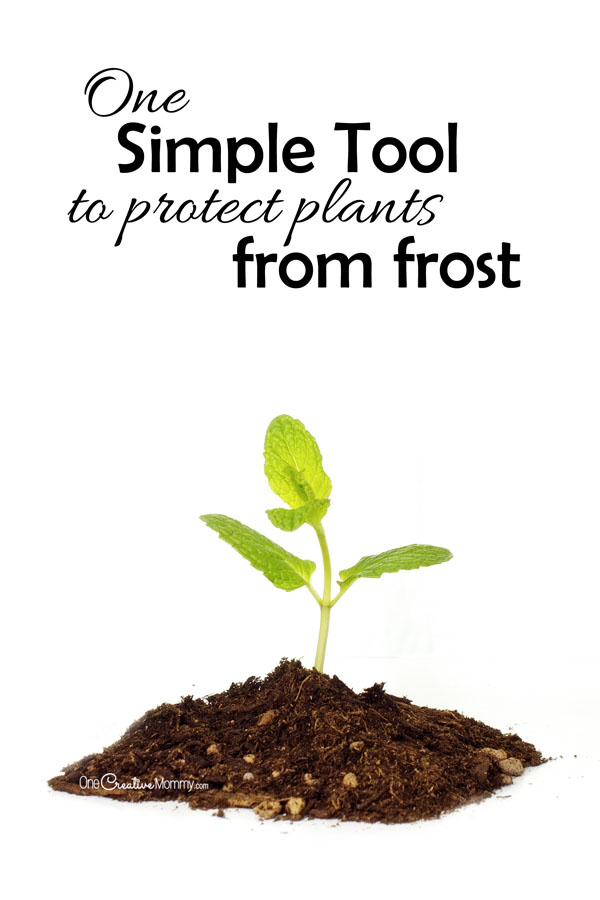
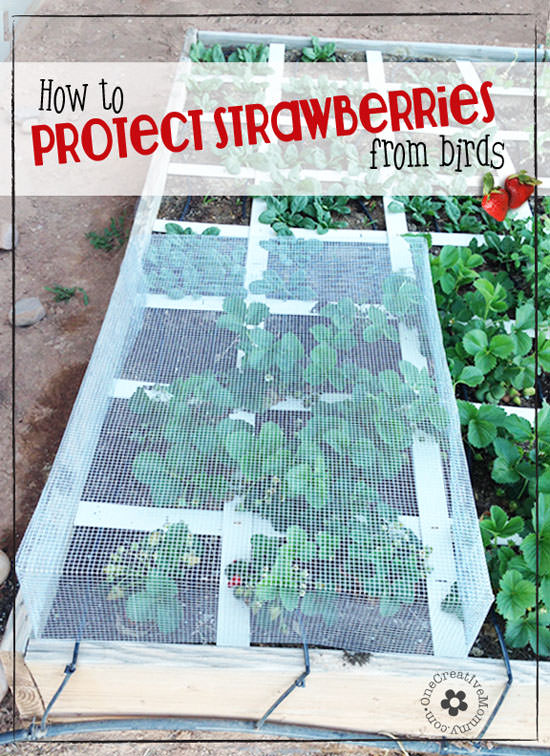







Brenna
Love square foot gardening. I'm behind this year too. We lost our sunny garden spot, so this year I am having to plan a garden based on plants that are better in shade. It will be a new challenge.
Danielle@Poor and Gluten Free
I wish I had a garden! Yours looks like it's going to be awesome :)
Tammy Northrup {Yours and Mine ARE Ours}
How awesome to be able to plant already! How late does your growing season go to? We typically can't plant until May and if we're lucky season will go through mid September.
Sharon @ Life After Empty Nest
I LOVE this idea! Thanks for sharing! I can't wait to read what grows well together! I grow some herbs and orchids but I want to grow more! I love gardening, especially when you can eat it!
If you have time come take a look at my orchids!
http://www.lifeafteremptynest.com/2013/03/my-love-of-orchids.html
I'm your newest follower!
xoxo
Linda
I have three 4x4 beds. I am going to try your layout plans. Im beginning to plant tomorrow! Thank for the tips. Have a wonderful gardening season!
Found you in Six Sisters!
Linda
Heather
Hi! Love your plans and also your printout for compatible plants...so good to have! I'm just starting to plant as we speak and it's starting to get overwhelming. I was wondering, do the vine plants have to be trained or do they climb by themselves? Love your blog!
Linda Watson
What do the colors on the chart mean as far as good or bad match?
Kara
How do you go from season to season with prepping the soil and minimizing the weeds and things you don't want to grow... When it's become overgrown from the previous season and tons of tomato seeds and plenty of others have made a home in the soil mix that's there?
Heidi
Hi, Kara. Sadly, I have moved to a new area, and there is currently no space for a garden, so it's been a little while since I've gardened. Here's what I remember: Some years, after my garden was finished, I covered it up for the fall/winter season with plastic. That kept the weeds down. As for the plants/weeds that appeared when I didn't cover the garden, I just lifted off the slats to divide the garden spot into squares, tilled and prepped the soil, put the slats back, and planted away.
Sofie
Hi,
Thanks for this, I just found it via pinterest. On the plan at the top, you have numbers written beside each crop. The same crop does not have the same number in each bed, so I'm not sure if they represent seedlings planted with different denisity/amounts. Can you explain what they are? It's probably a very stupid question, I know. :)
Heidi
Hi, Sophie. Not a dumb question. The numbers do represent the number of plants I planted in the square for each plant. I didn’t repeat the numbers in each box, but they should stay the same. Good luck with your garden!